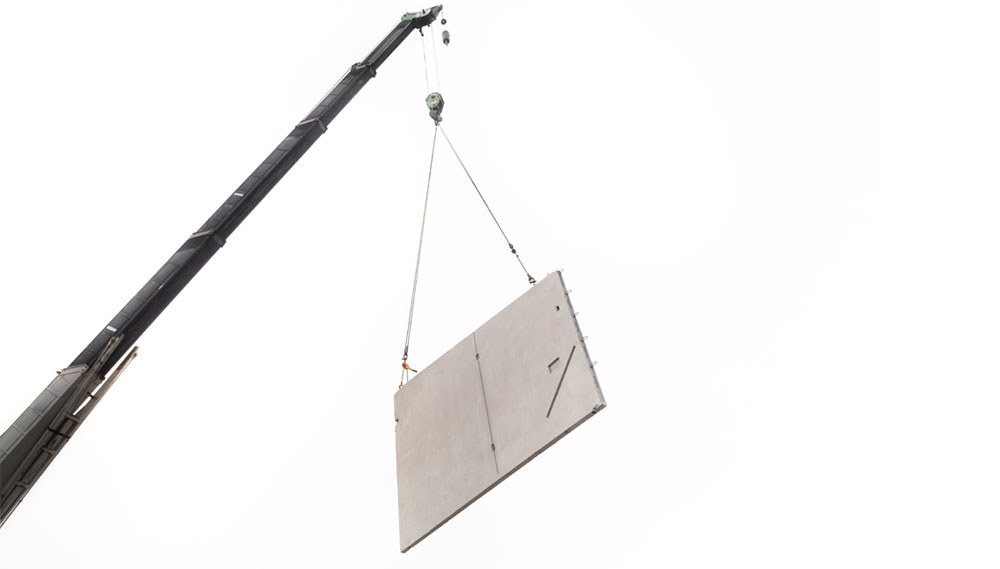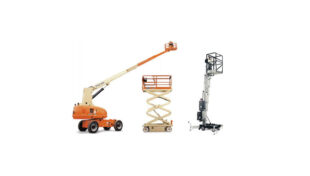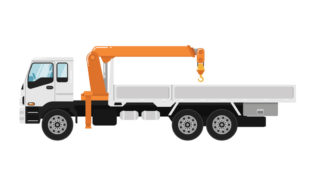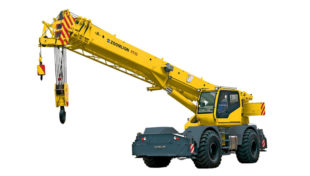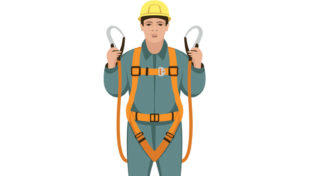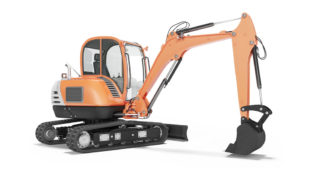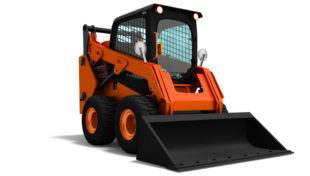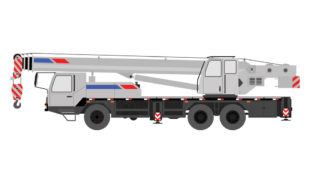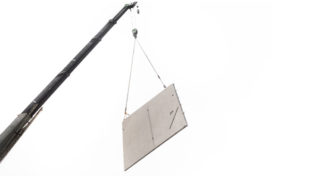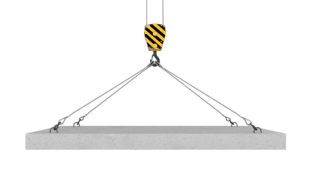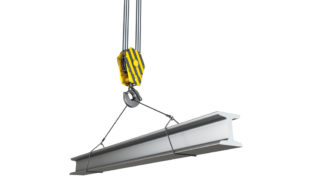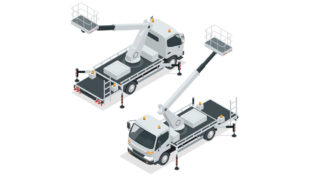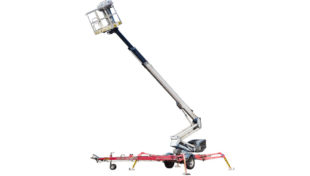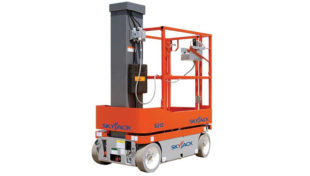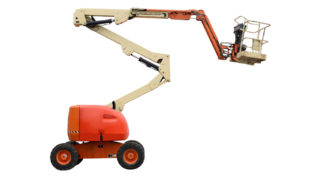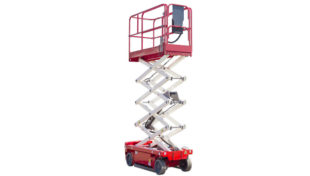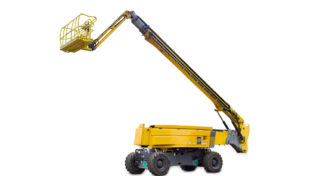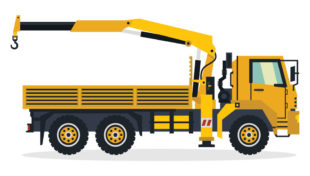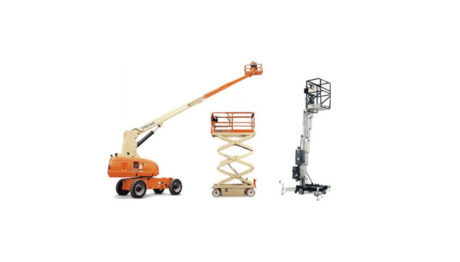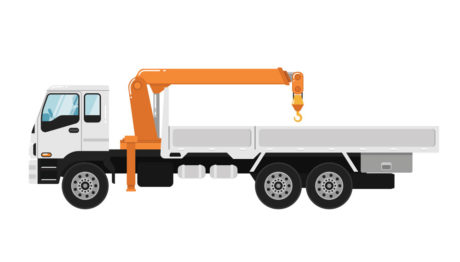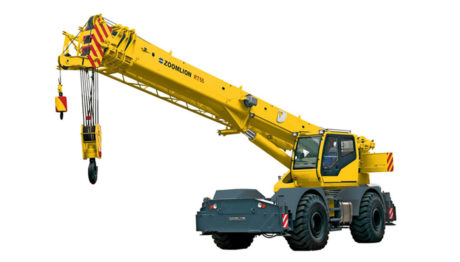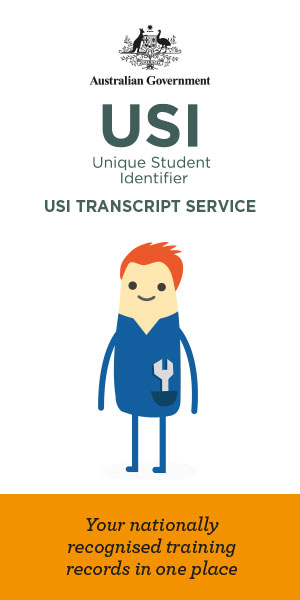CPCCLRG3002A Licence To Perform Rigging – Intermediate
Participants must hold a valid and current national High Risk Work (HRW) Licence for:
Licence to perform dogging (DG) and
Licence to perform rigging Basic (RB)
prior to attending or enrolling in this course.
Includes all the outcomes for rigging work at the basic rigging work associated with movement of plant and equipment, steel erections, hoists (including mast climbing hoists), placement of precast concrete, safety nets and static lines, perimeter safety screens and shutters; and cantilever crane loading platforms, This unit also specifies the skills and knowledge required to safely perform rigging at a intermediate level, which includes rigging of cranes, rigging of conveyors, rigging of dredges and excavators, rigging associated with tilt slabs, rigging associated with demolition work, and dual lifts for licensing purposes.
This training course covers all the requirements for obtaining a national High Risk Work Licence to perform rigging intermediate (RI).
Course Description
Course Code: CPCCLRG3002A
Course Name: Licence to perform rigging – Intermediate level
Course Cost:
$2400 per person.
Minimum 4 people required to run course.
Minimum 4 people to book SafeWork Assessment.
Discounts may apply for group bookings.
Duration: 4 Days Training 1 Day for Assessment
Session Times:
Course’s held on demand, please contact us.
7am to 3pm Monday to Thursday.
7am to finish on Assessment day.
Prerequisites:
- Participants must hold a valid and current national High Risk Work (HRW) Licence to perform dogging (DG) and Licence to perform rigging basic (RB) prior to attending or enrolling in this course.
- Participants must be 18 years old.
- A basic mathematical ability to assist in completing formulas, interpreting load chart calculations Safe Working Load (SWL) and Working Load Limit (WLL), and understand technical concepts.
- Basic command of the English language to be able to participate training and assessment tasks.
- A satisfactory level of health and fitness to carry out duties safely.
Course Introduction:
This unit covers the scope of work to demonstrate competency in the application to perform internediate rigging work associated with movement of plant and equipment, steel erections, hoists (including mast climbing hoists), placement of precast concrete, safety nets and static lines, perimeter safety screens and shutters; and cantilever crane loading platforms and also includes rigging of cranes, rigging of conveyors, rigging of dredges and excavators, rigging associated with tilt slabs, rigging associated with demolition work, and dual lifts for licensing purposes.
The training course delivers the skills and knowledge required to be able to plan the work, select and inspect equipment, set up task, erect structures and plant, and dismantle structures and plant.
A person performing this type of work is required to hold a national High Risk Work (HRW) licence.
Course Outline
1. Plan job.
- Task to be undertaken is assessed.
- Potential workplace hazards are identified.
- Hazard control measures are identified consistent with appropriate standards to insure the safety of personnel and equipment.
- Site information is obtained.
- All forces and loads associated with erecting and dismantling structures and associated plant are considered in consultation with appropriate personnel.
- Rigging equipment and associated equipment are identified in consultation with appropriate personnel according to procedures and site information.
- Safety equipment is identified.
- Appropriate communication methods are identified with appropriate personnel.
2. Select and inspect equipment.
- Rigging equipment and associated equipment are selected and inspected according to procedures and the appropriate standard.
- Safety equipment is selected and inspected according to procedures.
- All defective rigging equipment, associated equipment and safety equipment is isolated, reported and recorded according to procedures.
- Communication equipment is selected and inspected for serviceability (where applicable.)
3. Set up task.
- Appropriate hazard prevention/control measures are applied to the work area according to procedures.
- Ground suitability is inspected and checked (where appropriate).
- Site information is reviewed, interpreted and communicated to appropriate personnel and appropriate personnel.
- All forces and loads associated with erecting and dismantling structures and associated plant are determined in consultation with appropriate personnel.
- Safety equipment is fitted and worn correctly (where appropriate).
- Rigging equipment and associated plant are positioned for work application and stability according to procedures.
4. Erect structures and plant.
- Structures and associated plant are erected according to procedures and site information.
- Stability of structures and associated plant is maintained during erection according to procedures.
- Work is conducted safely at heights including safe and effective use of safety equipment.
- Appropriate communication methods and communication equipment, are used to co-ordinate the tasks.
- Associated plant and rigging equipment is used according to procedures and the appropriate standard.
- Temporary guys, ties, propping and shoring, including flexible steel wire rope, and tubing, are connected where required.
- Associated equipment is used in a safe and appropriate manner.
- The completed task is inspected according to the appropriate standard.
- Excess materials are removed from the work area (where applicable).
5. Dismantle structures and plant.
- Structures and associated plant are dismantled according to procedures and the appropriate standard.
- Work is conducted safely at heights including safe and effective use of safety equipment.
- Stability of structures and associated plant is maintained during dismantling according to procedures.
- Rigging equipment, associated equipment, safety equipment and associated plant are inspected for damage and defects.
- All defective rigging equipment, associated equipment, associated plant and safety equipment are isolated reported and recorded according to procedures.
- Rigging equipment and associated equipment are stored according to procedures and the appropriate standard.
- Hazard prevention/control measures are removed (where appropriate).
Learning Outcome
On successful completion of the course, participants will have gained the following skills and knowledge for:
- Movement of plant and equipment,
- Steel erections, hoists.
- Placement of precast concrete, safety nets and static lines, perimeter safety screens and shutters; and cantilever crane loading platforms.
- Rigging of cranes, rigging of conveyors, rigging of dredges and excavators.
- Rigging associated with tilt slabs, rigging associated with demolition work, and dual lifts.
- Successfully demonstrate correct use of both hand and whistle signals, for the purpose of shifting loads.
Successful participants will receive a Statement of Attainment – CPCCLRG3002A Licence to perform rigging – Intermediate and a Notice of Satisfactory Assessment, form to lodge at Australia Post for a National Licence to Perform High Risk Work (HRW) for Class – RI.
To apply for a HRW licence, the HRW assessment paperwork and application form together with a passport sized photo must be lodged at an Australia Post outlet and pay the lodgement fee, this must be done within 60 days of completion of your HRW assessment.
If a student fails to lodge their paperwork within 60 days this will result in the operator being deemed an unlicenced operator and full training and/or assessing fees will apply after the 60-day period.
Currently a HRW Licence is valid 5 years from the date of issue, however If your address changes within this period we suggest licence holders update their details with the relevant authorities, failure to do so may result in the licence renewal not being received and renewal period lapsing, resulting in training and assessment needing to be completed again, full course payments would apply.
Assessment Conditions
Safe Work NSW Conditions Of assessment:
- Provide evidence applicant holds a current High Risk Work Licence (HRW) for Licence to perform dogging Class (DG) and Licence to perform rigging – basic (RB)
- Applicants must be at least 18 years of age.
- Suitable clothing such as safety boots, long pants and high-vis shirt.
- Able to produce 100 points of identification. Please see link below.
- Ability to communicate and understand english at a level that allows the student to participate in the training and assessment.
- An Oral assessments can be arranged for applicants with writing and reading difficulties, however, are still required to complete a LLN as part of their enrollment. Additional charges will apply for a oral assessment.
Evidence Of Identity Information sheet for participants of High Risk Licence Assessments can be found here.
EOI Requirements
VOC Assessments
Course Code: CPCCLRG3002A
Course Name: Licence To Perform Rigging – Intermediate
Course Cost: $350 per person. Minimum three people required to run this course.
Duration: 4-6 hours
Prerequisites:
- Applicants must hold a current HRW licence or relevant unit of competency for the VOC being assessed.
- Ability to read and write basic English.
- Ability to pass a language, literacy & numeracy assessment (LLN).
- Provide two forms of identification.
- May provide verified work documents, logbooks or other evidence of competency to support their evidence of experience.
- All persons attending assessment must wear steel capped or safety boots; sun protection, hard hat, long sleeved shirt and pants are also recommended for this site.
Course Introduction:
This assessment will determine the operators current ability to demonstrate competency for CPCCLRG3002A licence to perform rigging – Intermediate, in the application of:
- Movement of plant and equipment,
- Steel erections, hoists.
- Placement of precast concrete, safety nets and static lines, perimeter safety screens and shutters; and cantilever crane loading platforms.
- Rigging of cranes, rigging of conveyors, rigging of dredges and excavators.
- Rigging associated with tilt slabs, rigging associated with demolition work, and dual lifts.
- Successfully demonstrate correct use of both hand and whistle signals, for the purpose of shifting loads.
Availibility: This assessment is held on demand, please contact our office to discuss available times and dates.
VOC Outline
- 4-6 hours for assessment depending on person’s ability, and class size
- Use of plant and equipment at our premises.
- Verbal and theoretical questions.
- Visual observation and practical demonstration.
VOC Outcome
Licence holders successfully demonstrating competency will be provided with a photo ID Card stating the VOC attained.
Licence holders who are unable to demonstrate competency will receive written feedback regarding the elements of competency that were lacking, and the nature of the gap training required prior to re-assessment.
We suggest workers that fail to demonstrate successful knowledge of the competency to re-sit the VET course in question.
Cancellations
Training Location
CPCCLRG3002A Licence To Perform Rigging – Intermediate
Participants must hold a valid and current national High Risk Work (HRW) Licence for:
Licence to perform dogging (DG) and
Licence to perform rigging Basic (RB)
prior to attending or enrolling in this course.
Includes all the outcomes for rigging work at the basic rigging work associated with movement of plant and equipment, steel erections, hoists (including mast climbing hoists), placement of precast concrete, safety nets and static lines, perimeter safety screens and shutters; and cantilever crane loading platforms, This unit also specifies the skills and knowledge required to safely perform rigging at a intermediate level, which includes rigging of cranes, rigging of conveyors, rigging of dredges and excavators, rigging associated with tilt slabs, rigging associated with demolition work, and dual lifts for licensing purposes.
This training course covers all the requirements for obtaining a national High Risk Work Licence to perform rigging intermediate (RI).
Course Curriculum
Course Reviews
No Reviews found for this course.

